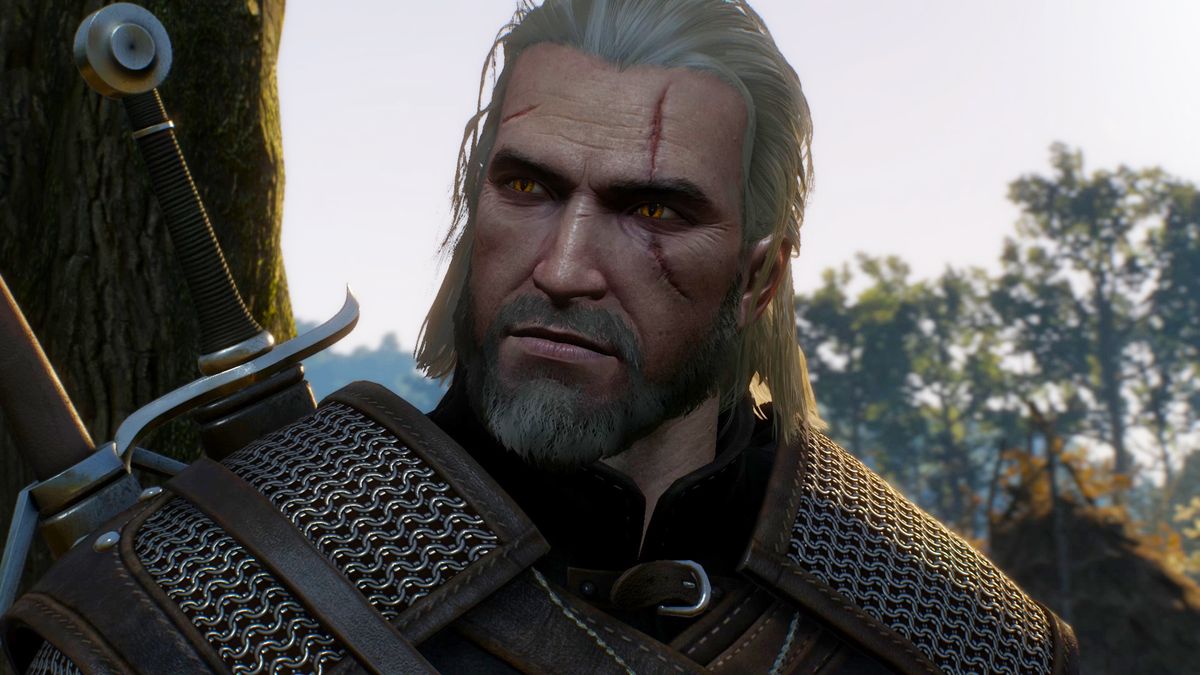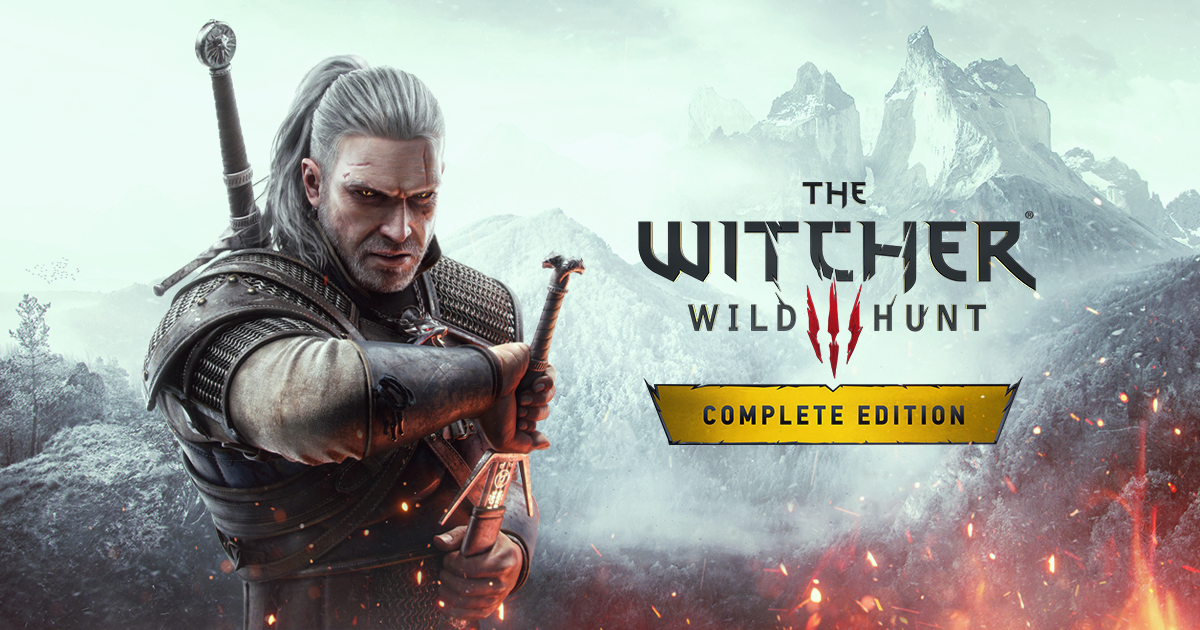Witcher 3 has 100 hours of total playtime, dev says
CD Projekt Red claims main story accounts for 50 hours, with another 50 for "additional stories"; new screenshots released.
CD Projekt Red claims main story accounts for 50 hours, with another 50 for "additional stories"; new screenshots released.
Originally posted by GameSpot














Comment